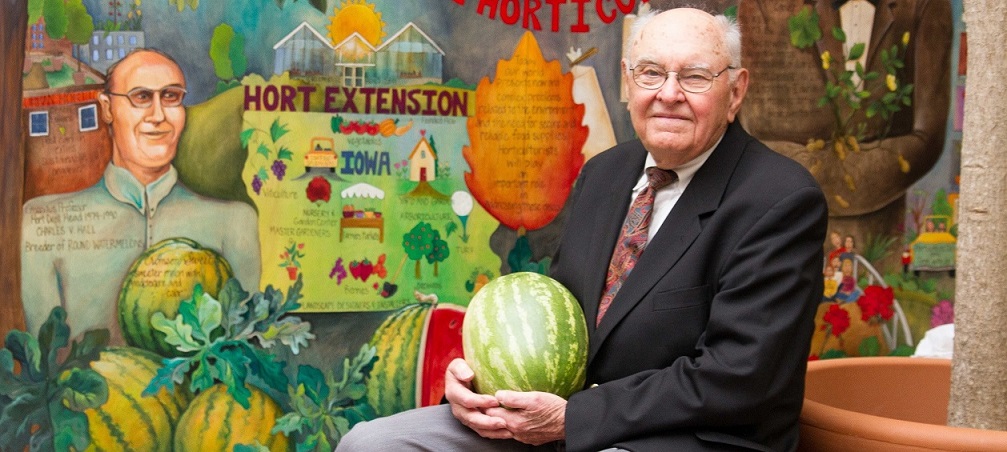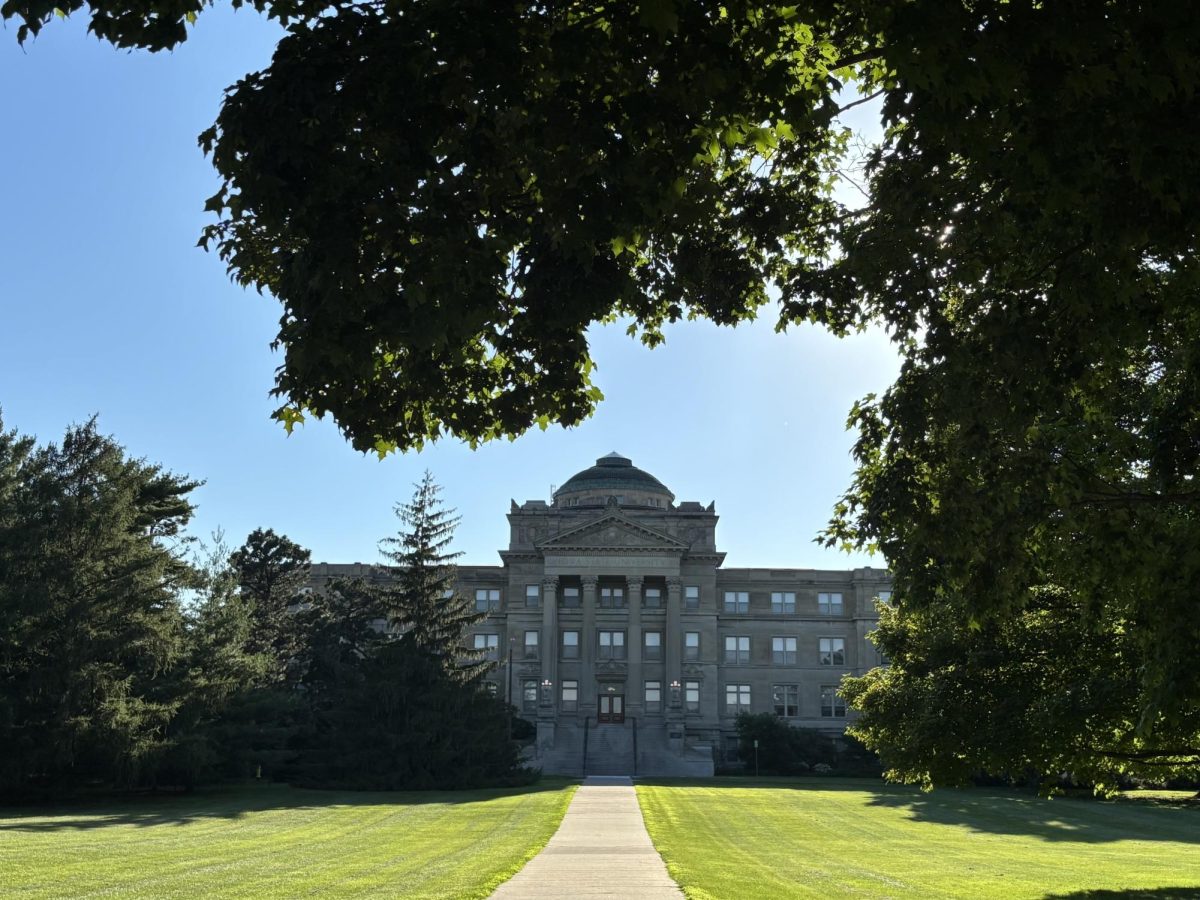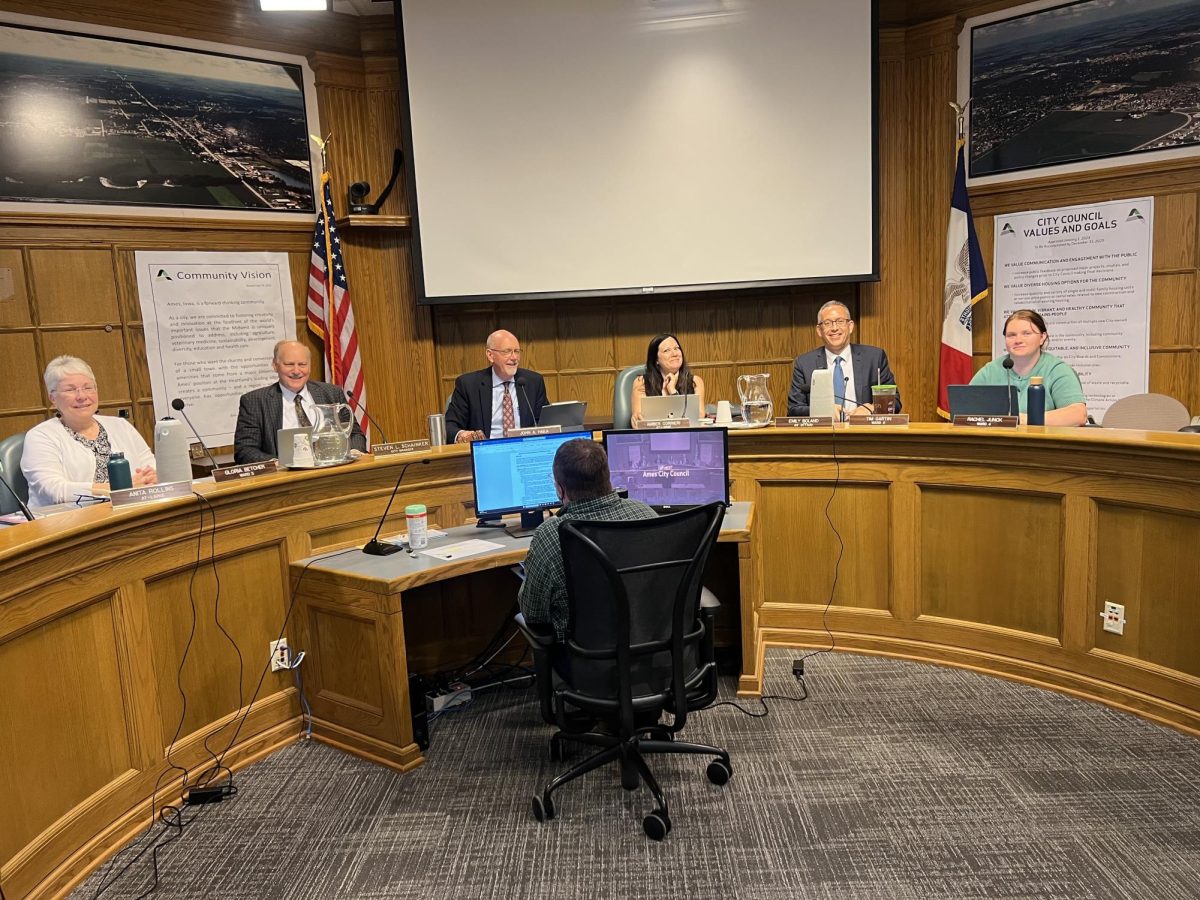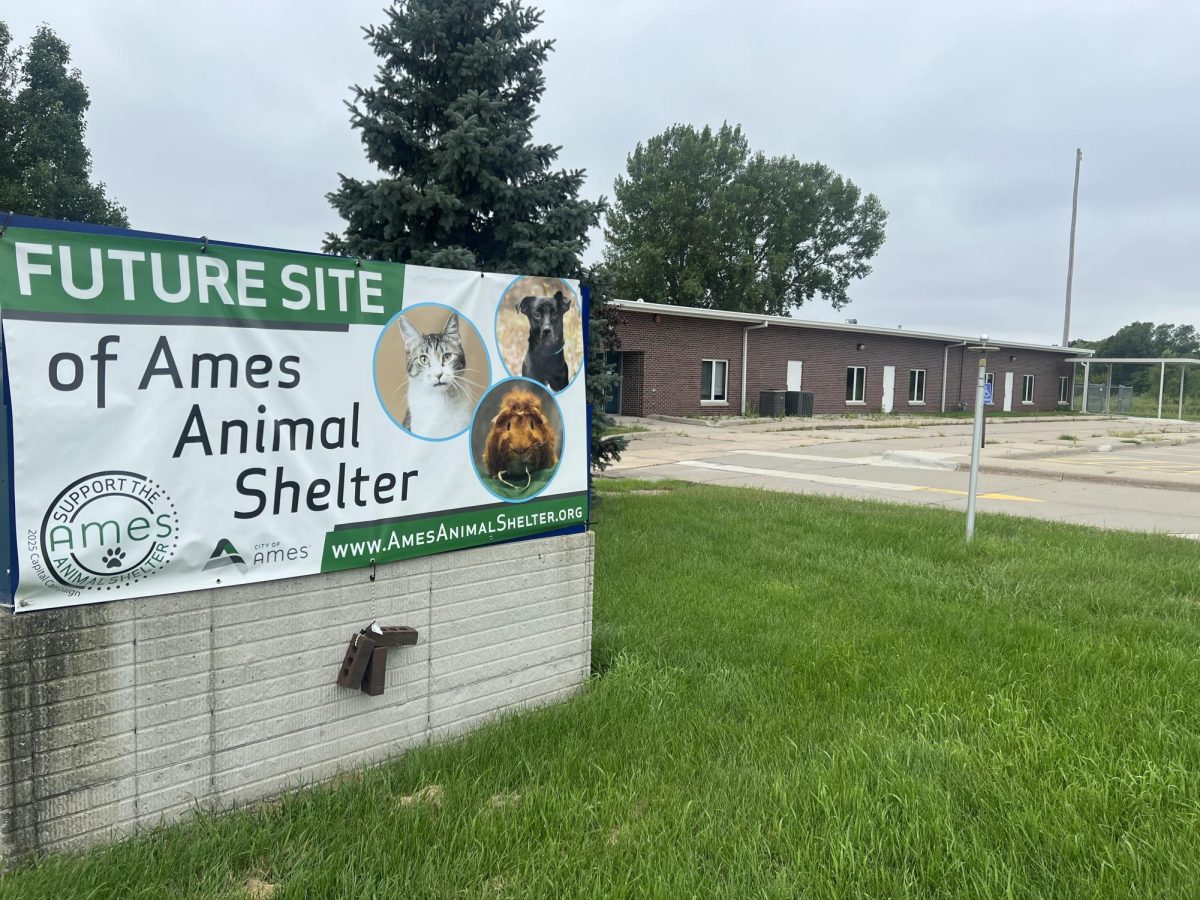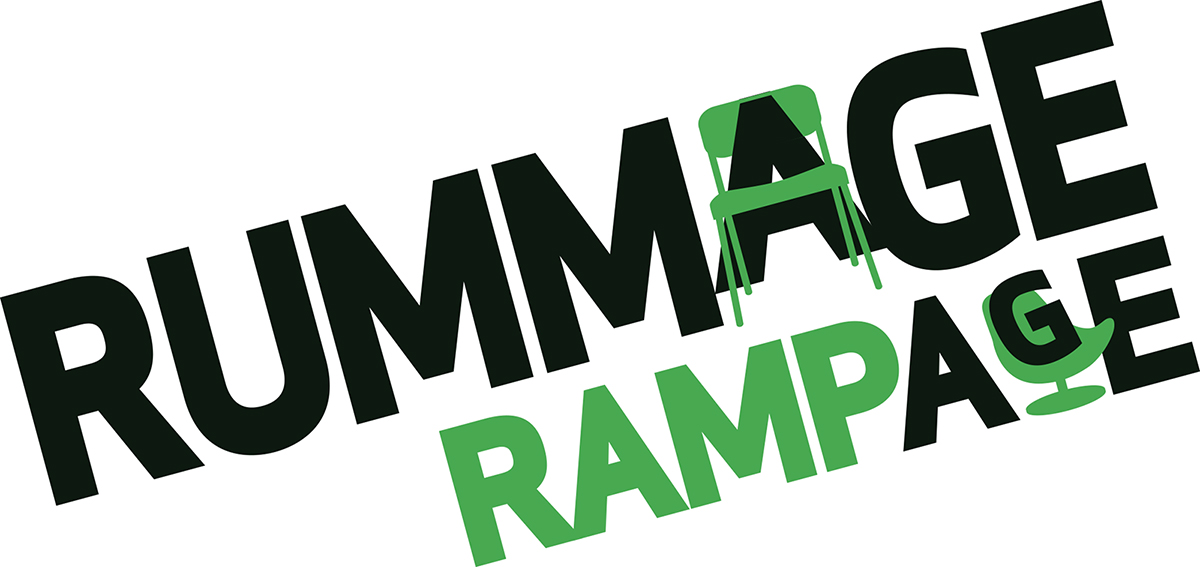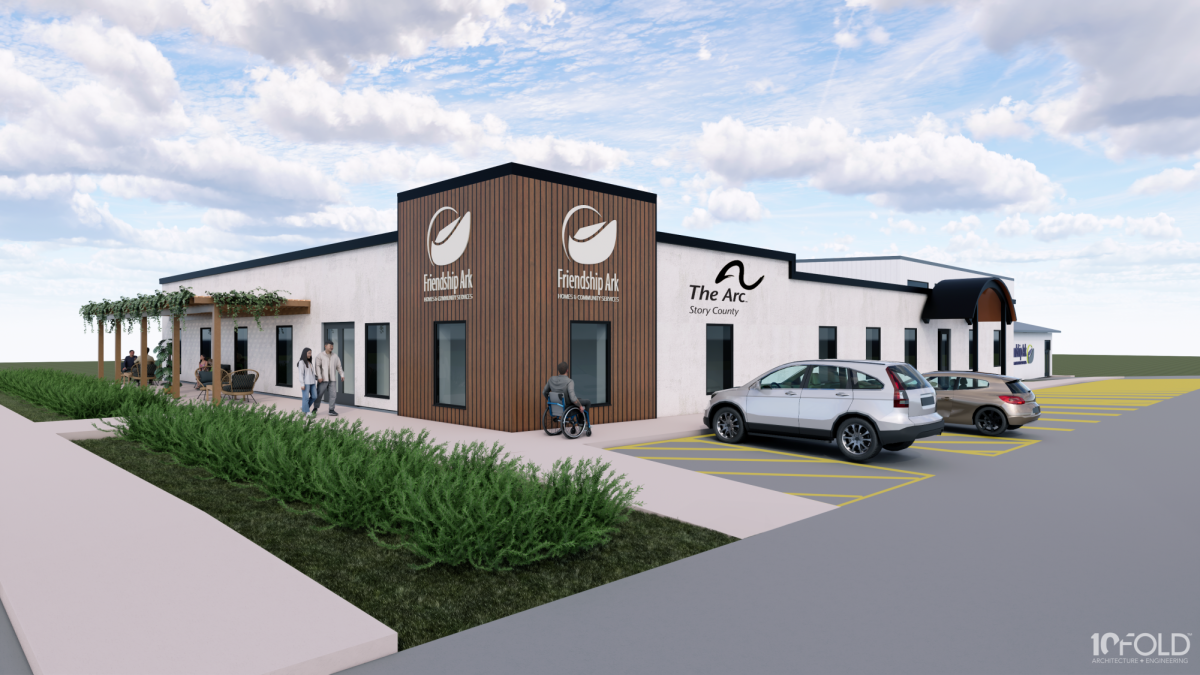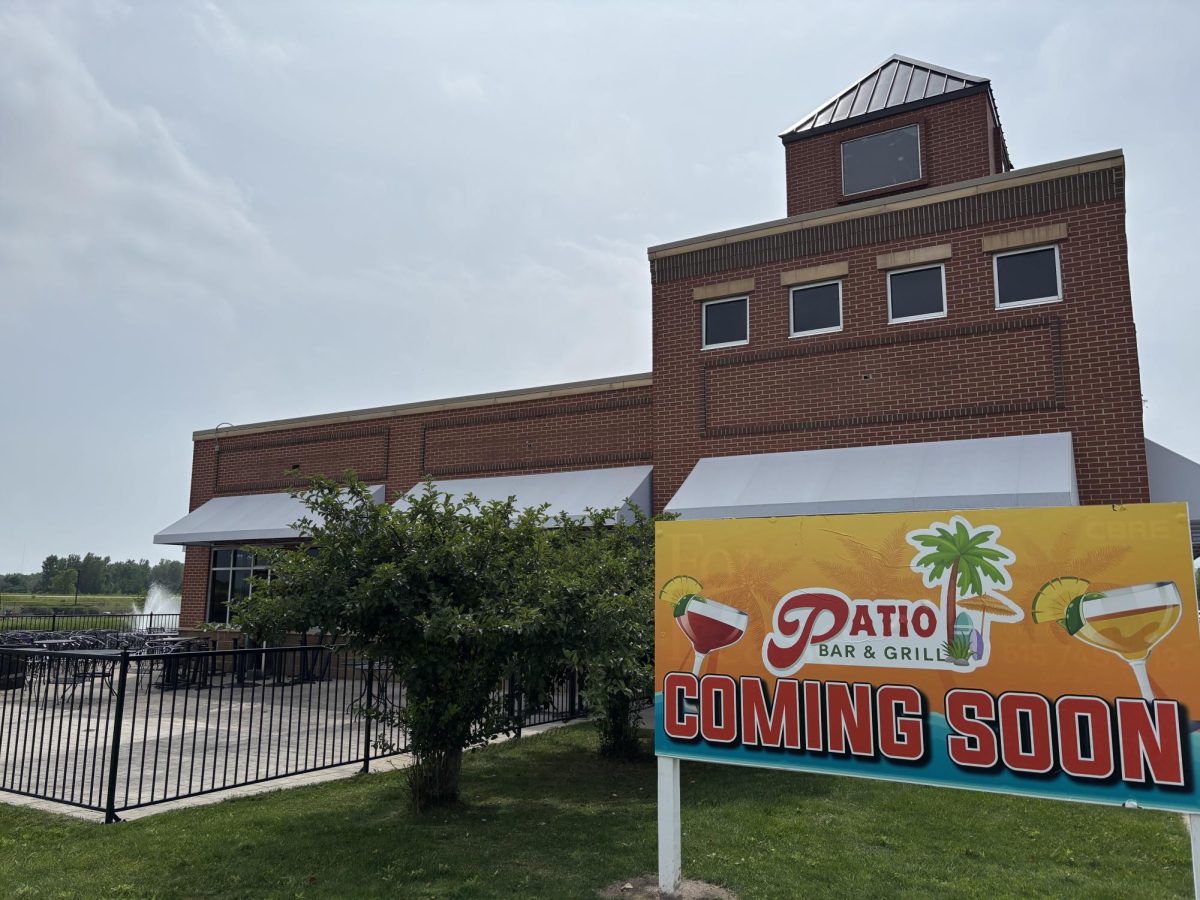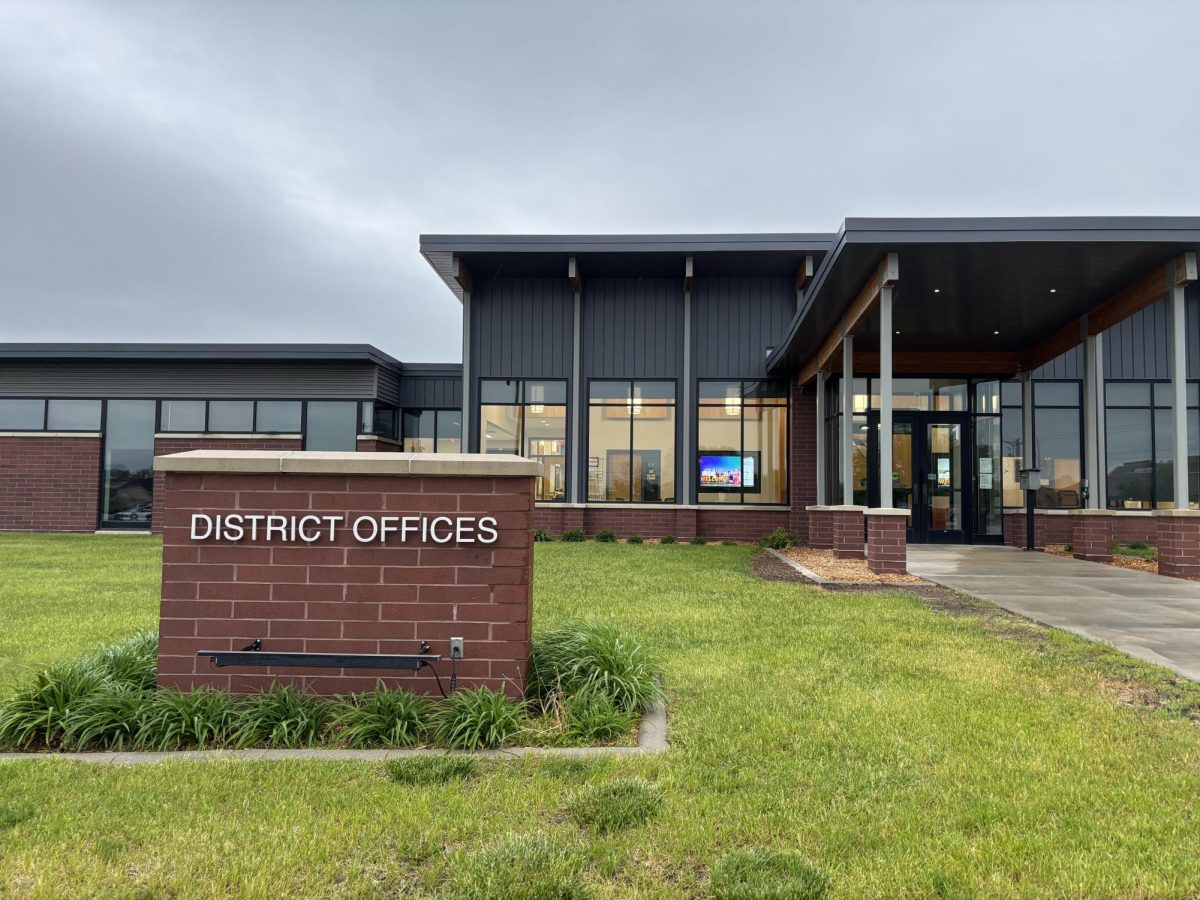Vegetables can thrive growing on a solar farm, as can new ideas and partnerships, the first year of an Iowa State University study showed.
At the Alliant Energy Solar Farm at Iowa State University, a 10-acre facility south of Ames, an interdisciplinary team of ISU researchers is entering the second year of a four-year project to study agrivoltaics – agricultural use of land that’s also home to solar panels.
Here’s a look at what researchers learned in their first year of farming amid solar panels.
Showing what works
One of the main questions the researchers are exploring is whether growing food crops is compatible with solar arrays, using the tools and techniques needed to make produce farms viable and reliable – basics such as irrigation, fertilization, machinery, and weed and pest management. The answer is a resounding yes, said horticulture professor and chair Ajay Nair, one of the project’s leaders.
“One thing we’ve for sure found out is we can grow vegetables on a commercial scale on a solar farm. Period. There’s no doubt about it. We have demonstrated the practical aspects of an operation such as this will clearly work,” he said.
In the first year, the vegetable crops included broccoli, summer squash and bell peppers. While broccoli between the panels was a little smaller than in control plots, summer squash and peppers within the solar panel area produced better, Nair said. Additional years of growing data will be needed to draw firm conclusions, but the researchers think planting produce between panels could offer some relief from summer’s hottest days.
“We know that vegetables need full sun. That’s true, but in July and August it can cause stress. Partial shade may help some plants cope,” he said.
It was too early to tell if the strawberries, raspberries, grapes and honeyberries fared better with some shade, as they typically don’t produce a full crop in their first year. But the fruit plants under the panels appeared to establish well, Nair said.
An overwhelming response
The project, which is funded by a $1.8 million grant from the U.S. Department of Energy, has attracted more attention than the researchers expected. The grant calls for two to three outreach events per year, but roughly 40 different groups visited the farm in 2024. The list of tours included students, growers, nonprofits, government officials, utility companies and other interested researchers. Some came from as far away as Africa and Australia.
“I have been overwhelmed by the positive responses. Some visitors have been skeptical that it’s a good approach to using the land. But there generally was less skepticism as people walked through the site and saw what’s possible,” said professor of plant pathology, entomology and microbiology Matthew O’Neal, one of the project’s leaders.
Part of the draw has been the project’s public-private partnership. Alliant Energy built, owns and operates the solar farm, which has 3,300 panels capable of generating nearly 1.4 megawatts of electricity – enough to power about 200 homes at maximum capacity. Iowa State owns and leases to Alliant Energy the underlying land, which is part of the university’s animal science teaching and research farms.
“The Solar Farm at Iowa State University was our company’s first solar project to incorporate agrivoltaics, and we’re thrilled the first-year research results are promising,” said Nick Peterson, strategic partnerships manager for Alliant Energy. “This solar farm advances the concept that land can be used for energy production and agriculture, while also delivering the energy solutions our Alliant Energy customers and communities can count on in a unique way.”
ISU researchers say Alliant Energy has been an enthusiastic and generous partner, even making some adjustments to the facility with research needs in mind. The access agreements Iowa State and Alliant Energy jointly developed could be a model for similar arrangements at other solar power sites to integrate community benefits such as increased local food production, O’Neal said.
“It’s been so critical to show how a utility can work with a landowner and farmers. Without that level of partnership, none of the other of things could have happened,” said O’Neal, the Henry A. Wallace Co-Chair for Sustainable Agriculture.
More to come
The agrivoltaics team has numerous plans for expanding in 2025. Research plots will now include land between fixed-angle solar panels, after focusing in 2024 solely on the tilting panels that track with the sun. Tomatoes are a new addition, and more pollinator habitat is planned, benefitting the on-site beehives included in the study. Researchers also are looking to intensify efforts to optimize yield, such as more aggressive pest control.
The first-year production data will be analyzed by John Tyndall, a professor of natural resource ecology and management, who is developing enterprise budgeting resources to show growers the potential of a solar farm produce operation.
“Not only can you produce at these sites, but in some cases you can produce more. That’s big,” O’Neal said. “We’ll have a nice robust data set to help farmers who want to do this.”
To help manage and build upon public interest in the project, a donor funded the hiring of an outreach coordinator, Michael Killewald. That’s paved the way for a series of open houses starting June 27. Online registration is required.
Team members – and their colleagues across campus – are also thinking about other research projects that would be a fit. Some animal science faculty hope to study livestock grazing at the facility, for instance.
“This project in many ways is what typically happens at a university. You spur innovation. You capitalize on new ideas. You start somewhere and then it gets bigger and bigger and bigger. That’s exactly what we’re doing, and we’re happy this is at Iowa State because it really showcases what we can do,” Nair said.


